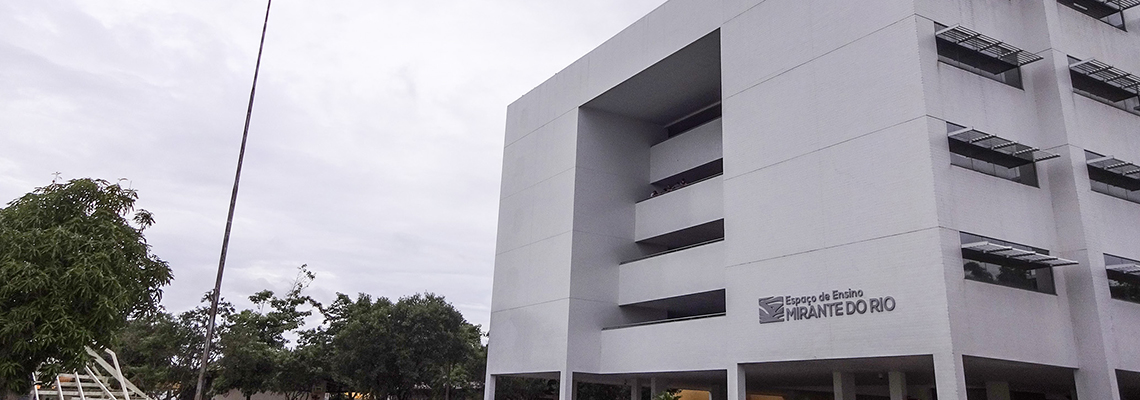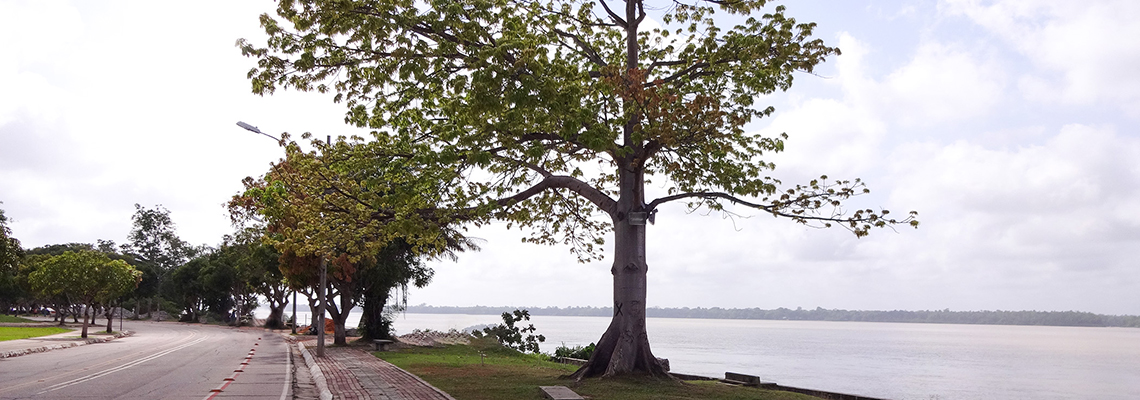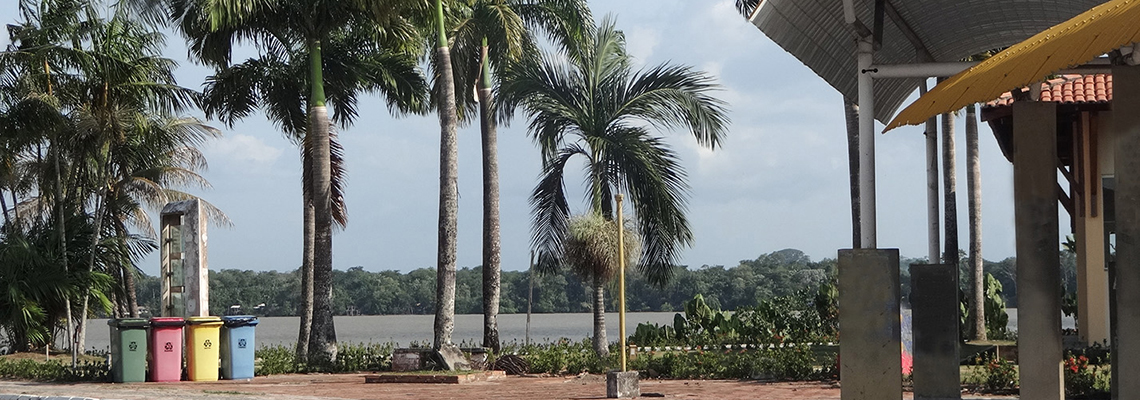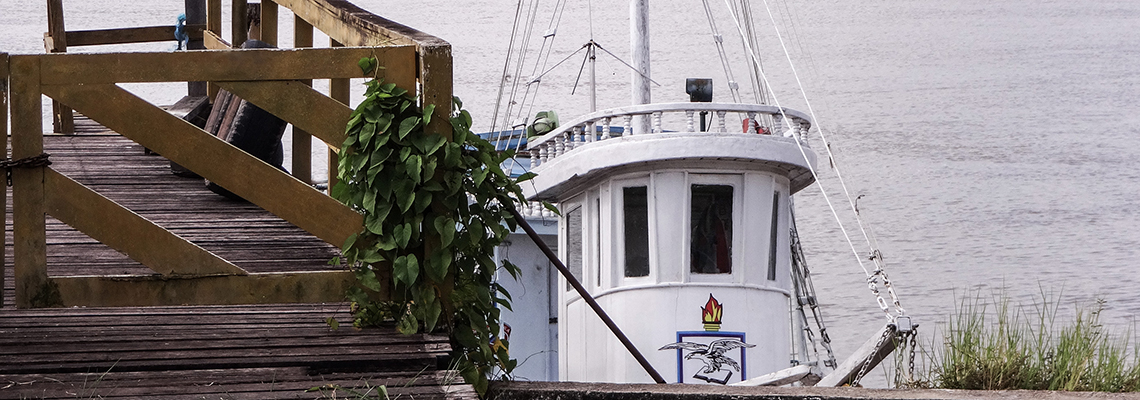Defense of doctoral thesis (18 December 2015)
Title: Isolation and in vitro CULTIVATION of the ETIOLOGICAL AGENT of JORGE LOBO: morphology, Physiology and COMPLETE GENOME of Candida loboi SP. nov.
Author: Patricia f Costa
Summary: Jorge Lobo's disease is a chronic, granulomatous infection that develops after the traumatic Lacazia loboi deployment fungus on the skin. Manifests with Nodular lesions, verrucous and/or queloidiformes, located mainly in the lower limbs and pavilions. Prevalent disease in the Amazon region and currently considered as emerging, with new cases in other continents in humans and dolphins. Little is known about the l. loboi, mainly by the impossibility of in vitro cultivation, making the correct characterization of the agent. This work aimed to isolate, cultivate and characterize strains of the etiological agent Jorge Lobo's disease from patients seen in the reference in the State of Pará sanitary Dermatology Dr Marcello Candia, United in the State of Pará. For a few years were followed 23 patients, most male farmers, between 14 and 80 years of age, with biological material collected by scraping and dermal biopsy for confirmation of the diagnosis by direct Mycological exam and histopathology, with subsequent treatment. The biological material collected was processed for isolation, with getting yeast cells characteristics of the causative agent of the disease of Jorge Lobo after 7 to 14 days in RPMI medium with the enzyme dispase II. After 2 to 6 months in RPMI (5% CO2, 37° C) observed the fragmentation of parent cells from lesions and the presence of yeast cells, ranging from 1 to 7 μm in diameter. From this moment, it was possible to keep the strains of the etiological agent of Jorge Lobo in liquid medium RPMI or Sabouraud-dextrose at room temperature, where they formed colonies Pasty, brownish-white, cerebriformes, sometimes lanuginosas. Cells of these strains were analyzed by different techniques of optical and electronic microscopy, biochemical and genetic, culminating with the description of the genome of the strain of a patient, soon after enzymatic isolation and before differentiation in culture, defining the following taxonomic identification: Eukaryota; Fungi; Dikarya; Ascomycota; Saccharomycotina; Saccharomycetes; Saccharomycetales; Debaryomycetaceae; Candida/Lodderomyces clade; Candida; Candida SP. LDI48194. The presentation of unique clinical features, associated with morphological aspects, physiological and genetic properties that do not allow the definition of a species already identified, indicate that the disease agent of Jorge Lobo is in fact a new species, for which we propose naming Candida loboi.








